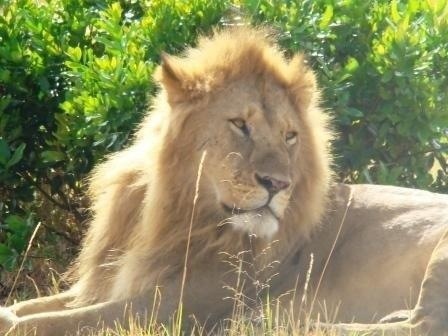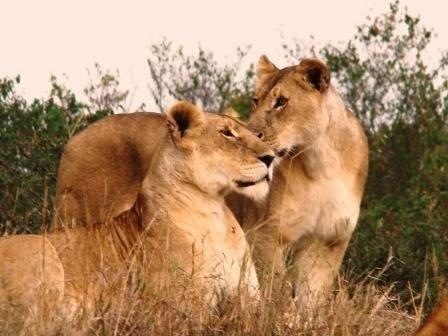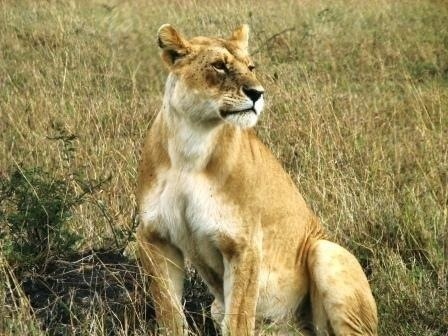Lip plates, ear stretching, scarification and tattoos …
Beauty is truly in the eye of the beholder.Body modification has been around since the beginning of time, for one of the longest times dating back years ago and even prevalent today is body modification in African Tribes. Seen as socially acceptable in African culture as a way to enhance beauty by giving status in tribes, it is also in rites of passage of childhood into adulthood.
In Kenya, body mod is usually seen amongst the Masai tribe. This nomadic tribe is well known in Africa, due to their residence close to most National Parks of East Africa and their distinctive ways of dress and customs. For the most part, Masai are known to elongate their ears (to which at times, you will see the stretched part wrapped over the top of the ear). You will also come to learn that besides the old traditions of killing a lion to initiate coming of age, the shaving of hair, another custom -which is not exclusive to the Masai- is the removal of the two lower front teeth in girls. Men & women wear jewelry for both fashion and custom…
the Luo tribe of Kenya also would remove the lower teeth. Mijikenda tribes also used to perform scarification but I could not find any photos of early Kenya bod-mods



In Ethiopia, lip plates begin six months to a year before a Mursi girl is to be married, in which a small incision is made in the middle of her bottom lip and a stick is put in. Slowly over time larger disks are inserted. In addition, many girls have their two lower teeth knocked out to accommodate for the huge plate. Although this form of body modification has existed in other parts of Africa throughout time, the Mursi tribe is the only tribe today which still carries out this custom.
It has been said, that the bigger the lip plate, the stronger the woman… Physcially withstanding so much pain will make her tough and therefore makes her a better wife to her husband.

with the plate removed

SCARIFICATION
Permanent scarring for aesthetic reasons is common in Africa. They are for both men and women and can be on the face, belly, legs, back – pretty much anywhere. Although a beautifying custom, to enhance physical attractiveness, it is also performed in the coming of age ceremonies and can denote a persons wealth, status and age. The designs a girl picks in her coming into adulthood are those that stand for being beautiful, for being a good wife, and a good mother. The meanings are quite beautiful and the ritual of facial tattooing is required of all tribe members entering adulthood. Boys will have a similar procedure, but their scars will show achievements and merits, such as hunting and symbols of strength and courage.


The scars are made by cutting the skin, and then rubbing ash or acid on the patterns to produce lasting scars. This is performed especially North eastern and West Africa. It is not uncommon for newborn children to receive facial scarring and for women to receive scarring across their stomachs and under their breasts when they reach sexual maturation. A woman without these scars on her body would be seen as ugly, poor, socially inept and undesirable.



Besides Africa, tattooing, nose plugs, elongated necks, teeth shaving and scarification procedures exist all over the world. They are all seen as ways of expressing beauty and power, and particularly as Africa is not an individualistic culture, bod-mod can be seen as a way of expressing that individuality, whilst still being part of the community and practicing customs. A personal style, a freedom within a conformity.
It makes me think of the Western uprise of body modifications; implants, tattoos, piercings, to scarring, lizard tongues and boob jobs!
Becoming a canvas of personal re-presented art or enhancement.
Is that what we cannot feel without it too?
~~the images in this entry are taken from various sources/searches through the web~~












